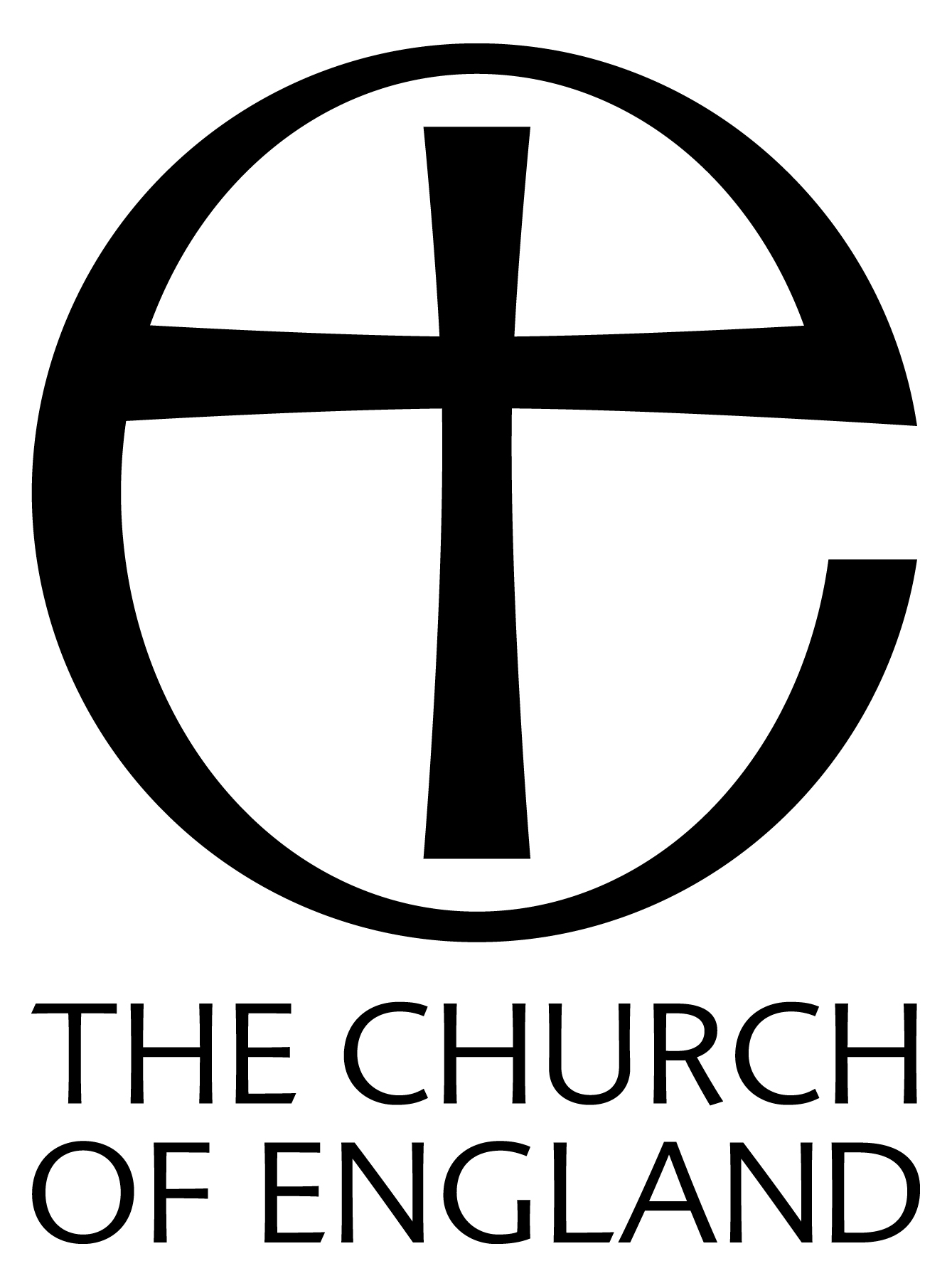30
The fortifications were sufficiently strong to repel attack from the east, and there seems to have been very little fighting on this side of the river, but there was plenty of excitement for those who were brave enough to stay at home and not seek the protective shelter of the walls of Hull. The defenders raised a battery on the Charterhouse ruins. The besiegers replied with their Fort Royal, which fired hot cannon balls into the town. They also erected a bridge of boats across the river to keep their communications open with Royalist Holderness, and erected a further strong point at Sculcoates.
THE EJECTED CLERGY
As passions became stronger, political Puritanism gained the upper hand, and the clergy became the butt of the ruling faction. Those who remained loyal to the King and Church principals were termed scandalous ministers and were ejected from their benefices. The first to suffer was Maurice Corney, of St. Mary's, the hero of the plague visitation, who was forced to flee in 1642. Nine years later there were two further ejections-John Boatman, also of St. Mary's, who appears to have intruded himself there, and William Stiles, vicar of Hessle cum Hull, an undoubted Puritan, but apparently not a Republican. Both were ejected for refusing to take the Engagement which established the Commonwealth and abolished Episcopacy.
We have no evidence of an ejection at either Sculcoates or Drypool. George Coke was still there in March, 1640, when he signs the register for the last time. We do know, however, that he had left Drypool by 1646. In 1650, the Commonwealth ordered a survey to be made of all benefices, and from this we learn: "Dripoole hath a parochiall chapel depending upon Swine. The tithes belong to the lordships of Dripoole and Sudcoates, and are worth yearly the value of £31. Out of which they should provide a minister, but have not had one for four years and a halfe."
|
31
According to Poulson, a George Coke was appointed to Withernwick in 1639, and it may well be that he and the Curate of Drypool are the same person. Perhaps he was not politically minded and retired quietly into the country before Hull and its neighbourhood became the centre of the storm. He may even have taken refuge in the town, although there is nothing to bear this out.
During the troubles Hull became a sanctuary for those whom Sir Hugh Chomley calls the" precision clergy," i.e. those of Puritan sympathies. Such a one was Robert Luddington, Rector of Hotham, who intruded himself
into Sculcoates and is returned as " preaching minister" there in the previously mentioned Survey. During the second siege of Hull, Luddington with several others "entered into a church state," which marked the beginning of an Independent Congregation. There is a condensed history of this church in its first Minute Book, now in the keeping of St. Ninian's Presbyterian Church, and by the courtesy of the minister, the Reverend J. Johnston Martin, I have been able to examine this. Whilst we must respect Luddington's sincerity, it seems reprehensible that an ordained minister of the Church should start up a schismatic body and later should act as Pastor to it. There is ample evidence that Luddington neglected his duties at ScuIcoates. From 1639-1662 there are no entries in the register there, except for several which have been inserted later. By contrast at Drypool, although we know the living had been vacant for at least 4t years, there is no gap in the records, but the writing is so faded and difficult to decipher that it is impossible to identify the hand.
Luddington died in 1662, and in passing it is interesting to note that his successor as Pastor of the Independents was Richard Astley, who, having refused the oaths, was turned out from the living of Blackrode in Lancashire. Calamy says he was a " very moderate, pious man, of a winning disposition and behaviour. . . a very edifying, practical preacher." On his death in 1696 he was buried in Drypool churchyard, where his son had been interred fifteen years before.
|

